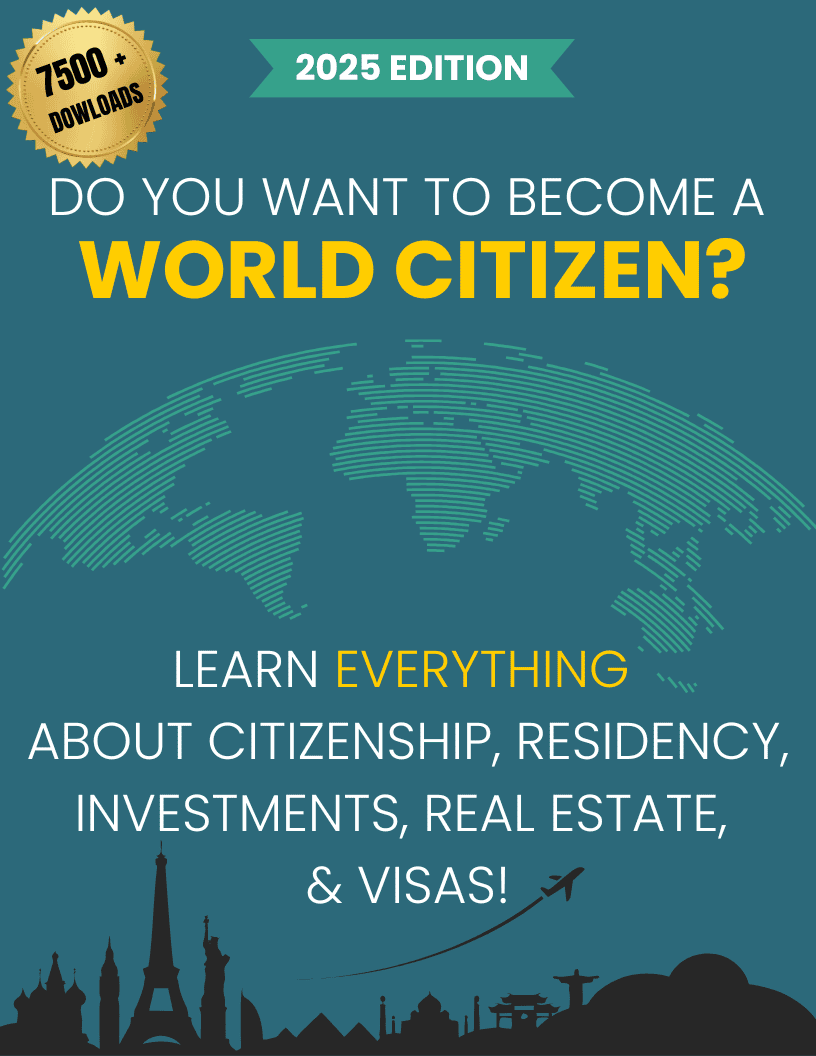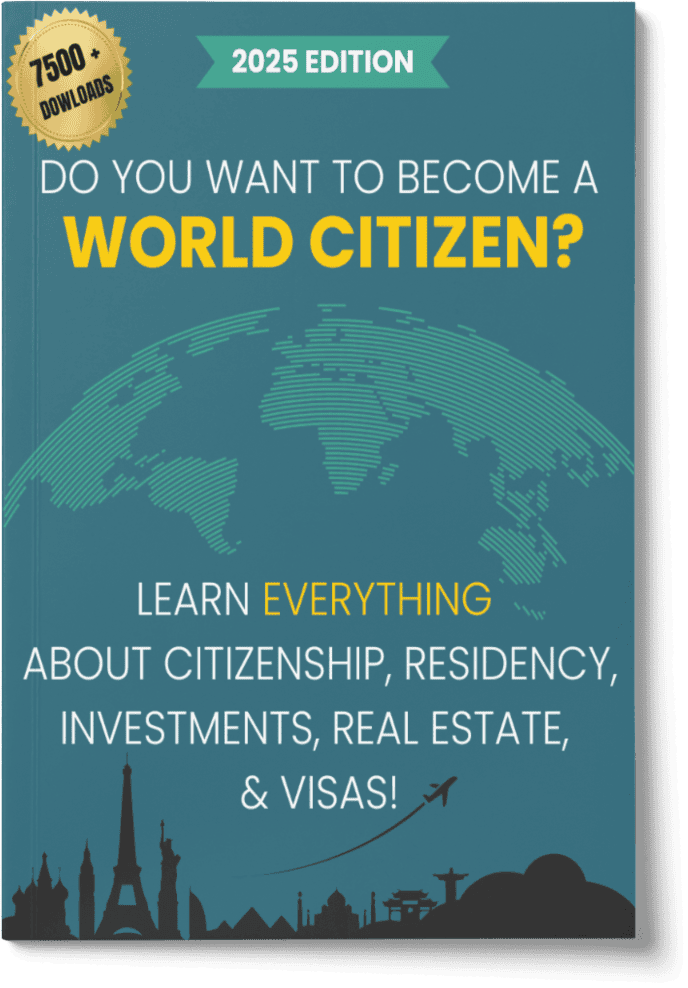Work Visas Sponsorship By Employers
Boost Your Freedom Without Compromise.
- Who offers the CHEAPEST program available.
- Who offers the BEST program available.
- What you need to qualify?

In This Article, You Will Discover:
- Work visas come in various forms, such as temporary, skilled worker, or intra-company transfer visas, with differences based on the nature of work and applicant qualifications.
- Employers must typically prove that the foreign worker fills a role that cannot be filled locally, meet salary and working condition standards, and sometimes navigate labor market testing.
- Holders are entitled to labor rights similar to citizens, but may face restrictions on job changes or additional employment.
- The application process involves employer sponsorship, meeting eligibility criteria, and providing professional qualifications, with processing times varying widely.
- Many countries offer pathways to permanent residency or citizenship, contingent on factors like duration of employment, social integration, and economic contribution.
- Who offers the CHEAPEST program available.
- Who offers the BEST program available.
- What you need to qualify?
 Free Consultation
Free Consultation Easy to Use
Easy to Use 100% Safe & Secure
100% Safe & Secure
What Are Employer-Sponsored Work Visas?
Employer-sponsored work visas let foreign workers find jobs in other countries. Employers can hire skilled workers from abroad when they can't find locals. The employer helps with the application and makes sure the worker meets legal requirements.
This article will look at employer-sponsored work visas. We'll cover their benefits, how to get one, and what employers and employees need to know.
What Are Employer-Sponsored Work Visas?
These visas let foreign workers work in a country with an employer's help. They're needed when a country can't find enough skilled workers for certain jobs. The employer makes sure the worker is employed legally.
Types of Employer-Sponsored Work Visas
Work visas vary by country, but many have similar types. Here are a few examples:
1. H-1B Visa (United States)
The H-1B visa is famous in the U.S. It's for workers in jobs like IT, engineering, and finance. The employer must show the job needs a bachelor's degree and there's no U.S. worker for it.
2. Tier 2 (General) Visa (United Kingdom)
The Tier 2 visa lets skilled workers from outside the EEA and Switzerland work in the UK. The job must require at least A-levels, and the employer must be licensed.
3. Employer Nomination Scheme (ENS) Visa (Australia)
The ENS visa lets workers work in Australia permanently. The employer must nominate the worker, showing the job is needed. The worker must have the right skills and experience.
4. L-1 Visa (United States)
The L-1 visa lets companies transfer employees from abroad. It's for managers, executives, or workers with special knowledge. It's great for companies with offices in different countries.
5. 457 Visa (Australia)
The 457 visa was for temporary work in Australia. It's now replaced by the Temporary Skill Shortage (TSS) visa. It allowed workers to work up to four years with employer sponsorship.
Benefits of Employer-Sponsored Work Visas
Employer-sponsored work visas have big benefits for both employers and employees:
For Employees:
- Access to Global Job Markets: Work visas open up international career opportunities, offering valuable global experience.
- Potential for Permanent Residency: Many visas offer a path to permanent residency, if certain conditions are met.
- Security: Sponsorship means job security, as long as the worker stays with the employer.
- Family Inclusion: Workers can usually bring their family, including spouses and children, to the host country.
For Employers:
- Access to a Global Talent Pool: Sponsoring foreign workers fills skill gaps, helping in high-demand sectors.
- Talent Retention: Sponsorship attracts and keeps skilled professionals who might not move for other jobs.
- Tax and Compliance Benefits: Countries often offer tax breaks and other benefits for employing foreign workers.
The Process of Obtaining an Employer-Sponsored Work Visa
The steps to get a work visa vary by country. But, here are the main steps:
1. Employer Sponsorship and Job Offer
To start, you need a job offer from a sponsor. The job must meet visa rules and the employer must agree to sponsor you.
2. Employer Submits a Petition
The employer then files a petition with immigration. They must show the job is needed, you're qualified, and no local can do the job.
3. Application Submission by Employee
After approval, you apply for the visa. You'll need to show your qualifications, a passport, and proof of the job offer.
4. Processing and Approval
Your application is then reviewed. This can take weeks to months, depending on the country and visa type.
5. Work Visa Issuance
If approved, you get the visa and can enter the country. You can start working for your employer as agreed.
Challenges and Considerations for Employers and Employees
Work visas have benefits but also challenges:
For Employers:
- Time and Cost: The process is long and costly. Employers need to consider legal fees, application costs, and time for documentation.
- Compliance with Immigration Laws: Employers must follow laws, like matching job descriptions with qualifications and keeping records.
- Uncertainty: Immigration laws can change, affecting visa availability.
For Employees:
- Visa Limits: Countries have annual visa caps, making it competitive.
- Limited Job Flexibility: Work visas often restrict job changes, limiting mobility.
- Processing Delays: Long processing times can delay employment and plans.
Conclusion
Work visas help move skilled talent globally. They help companies stay competitive and individuals advance their careers.
But, getting a work visa requires understanding the process, following rules, and facing challenges. Employers and employees must work together for a smooth process and to unlock visa benefits.
- Who offers the CHEAPEST program available.
- Who offers the BEST program available.
- What you need to qualify?
 Free Consultation
Free Consultation Easy to Use
Easy to Use 100% Safe & Secure
100% Safe & Secure







